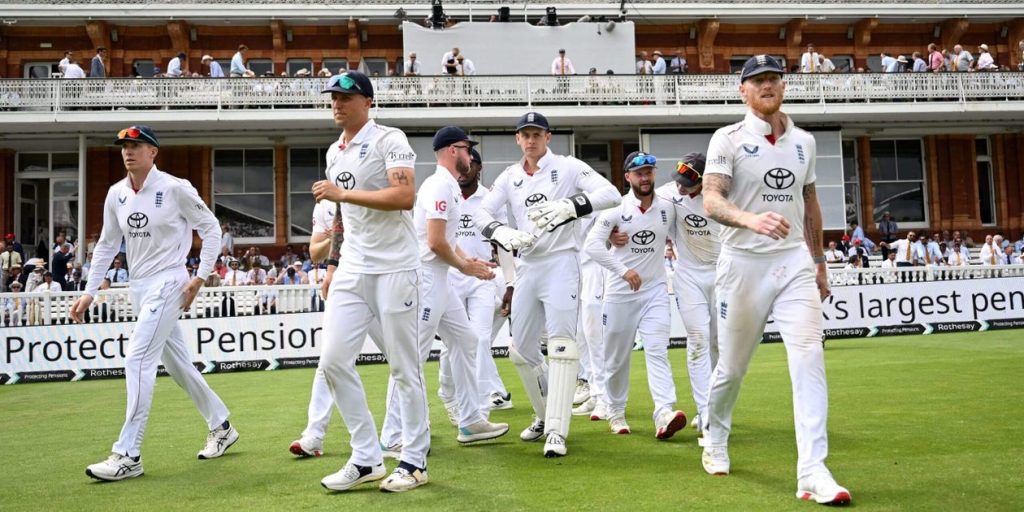Preserving Tradition in Cricket
Cricket remains deeply rooted in tradition, providing fans with a sense of nostalgia in a constantly changing world.
The Evolution of Attire
The iconic white clothing is perhaps the most immediate tradition observed in multi-day red-ball cricket. Unlike many team sports that use colors to distinguish between teams, cricketers have historically donned all white attire, or a shade resembling the cream often seen on municipal walls.
The Historical Context
It’s essential to note that while white has become synonymous with cricket, this uniformity only emerged around 150 years ago. In the 1700s, players dressed in a gentlemanly fashion, complete with frilled shirts and silk stockings.
Documented Transition
As the sport advanced, white attire became more common, though reliable historical records are scarce. According to Diana Rait Kerr, the MCC’s first full-time curator, “White has apparently been the prevailing dress of cricketers from very early times.” Early writings and paintings confirm that players often wore white shirts during matches.
Shift to Standardization
By the early 1800s, cricket attire began to incorporate trousers and colorful elements, but it wasn’t until the 1880s that white shirts and trousers became the standard for respectable cricketers. The adoption of white was largely practical; it reflected heat and contrasted well with the red ball.
Impact of World Series Cricket
The late 1970s marked a significant change with World Series Cricket introducing colored attire to accommodate night matches. Initially criticized, these innovations gradually gained acceptance and reshaped the game’s image.
Modern Cricket’s Visual Identity
Despite the evolution of attire, many traditional teams still wear white, maintaining a continuity that spans over a century, reflecting the sport’s rich history and ongoing connection to its past.



